
Let’s face it: collaboration isn’t easy. We all talk about how we want to streamline communication, increase teamwork efficiency and align organizational goals. However, it’s not going to happen overnight. Teaching your teams to truly rely on and understand each other is a process.
However, you’re not going to succeed as a business without giving it the attention it deserves. The reasoning is simple; when you draw the line, the staff that are your most important resource.
Sure, you must integrate projects within timelines, budgets and your company infrastructure. It does boil down to cutting costs, increasing revenue, and improving organizational efficiency. But, jusk ask yourself; who’s going to benefit from that great top-level management? Staff.
It’s the human resource that ties all the others together. Laborers and office employees that have to work together in unison to achieve short-term and long-term objectives. And, that’s the problem, isn’t it?
It’s not enough to just give a group of people separate tasks that eventually come together in a bigger result. They actually have to understand why they’re doing it; what’s the purpose?
Otherwise, collaboration problems will appear pretty quickly. Staff won’t see the point of their assignments, or why they should be open to cross-functional teamwork. These attitudes will lead to a loss of productivity, morale, and the creation of information silos.
Each department in particular will consider it’s enough to just keep their knowledge to themselves. In fact, that’s one of the worst things you can do in a modern workplace.
Isolated efforts can only go so far nowadays, especially with office jobs. Design affects digital marketing. Web developers must understand at least a bit of SEO. Sales experts can’t just make promises that turn out to be empty, or you’ll go bankrupt fast.
One of the best ways to conquer these collaboration challenges is with the Atlassian software stack. Thanks to tools such as Jira, Confluence, or Trello, you can streamline SOPs and teamwork governing principles.
Table of Contents
- Defining Workplace Problems Issues
- Why Does Workplace Collaboration Matter?
- 10 Frequent Collaborations Difficulties
- 5 Ways to Solve Collaboration Issues
- Move Your Company Past Collaboration Problems
Defining Workplace Collaboration Problems
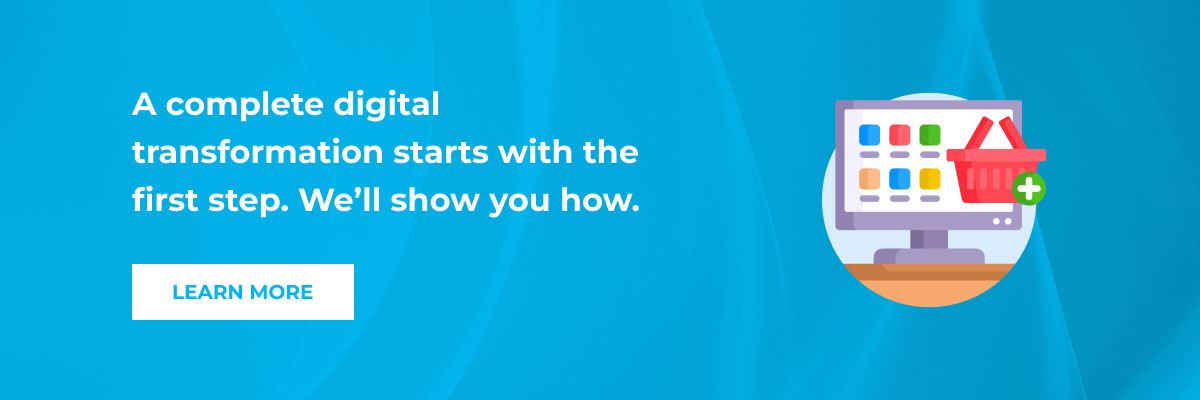
The simplest way to define a collaboration challenge would be to call it a conflictual situation. However, that wouldn’t actually be correct. Factually, a conflict is a situation where 2 or more opposing sides are seeking a completely different outcome.
Any given outcome would benefit 1 party (or a coalition of parties), while being in the disfavor of the other parties. For example, if 2 employees are competing for the same promotion, they’re in direct opposition of each other. It is a conflict because only one of them is going to win.
On the flipside, collaboration difficulties can occur because of the parties’ wrongful impression that they’re opposing each other. In fact, it’s enough if even one side considers they’re being wronged.
Consider this scenario: A has sent B a Slack message, which A considers to be urgent. However, B only replies to it after 2 hours, saying that they don’t have the time for it right now.
If that’s the end of their communication, A is likely to think that B has something against them. Or, that they’re unwilling to commit to the task at hand as much as they are. Of course, A could be right. But in many cases, that wouldn’t be true.
So, what would happen is that A incorrectly believes to be in a conflict with B. Naturally, their behavior adapts accordingly, until B will think that A is treating them unfairly.
And so, the process of collaboration problems continues. Bottom line: the business loses productivity, deadlines aren’t met, and resources aren’t used to their full potential. Worst case scenario, operations come to a standstill, as each party is waiting on the other to do something.
Why Does Workplace Collaboration Matter?
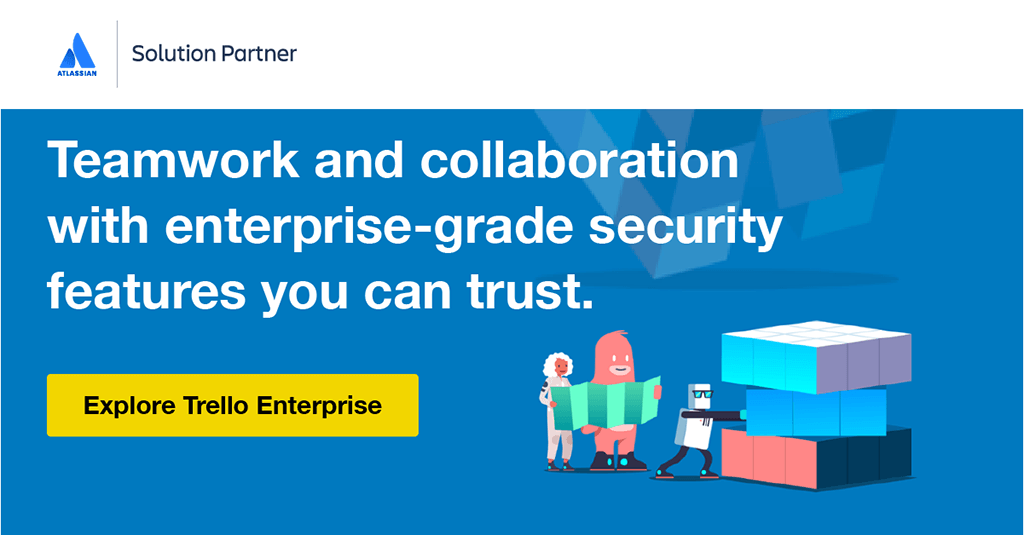
People can always achieve more together, if coordinated properly. In a modern business setting, it has become incredibly common for companies to need Agile cross-functional teamwork. What one department does will inevitably affect the work of their multidisciplinary colleagues.
As such, constant open communication should be actively encouraged. It really is its own reward. If teams cooperate on aligning and achieving goals, there will be less effort needed.
No more feelings of others having no idea what they’re doing, long calls, or inconclusive email threads. Instead, you’d use an efficient and UX-friendly workflow on your Jira Work Management kanban board.
This will easily get everyone on the same page fast. Thanks to the visual way in which Jira sorts tasks, it’s immediately visible which tasks need to be done and which are progress.
Additionally, each “issue card” (the tasks) in particular has an assigned team member, and a comment section. Whenever information needs to be requested or provided, it can be done right on that task’s card, via @mentions. Simply a project management dream.
And just like that, you’ll have fewer unaddressed collaboration problems. Because task-centric communication would be done only on Jira, it’s completely trackable and transparent. Who said and tagged who, on which day, when did the reply come, etc.
You’ll see that as soon as Atlassian software solutions are implemented (and the teams onboarded), morale will go up. They’re great tools for both employees and managers.
Jira eliminates responsibility avoidance. Because…you simply can’t anymore. It’s all right there, on the card, accessible to all relevant parties. Long-term, this will improve relationships between colleagues, as they learn to count on and trust each other.
Furthermore, there’s Atlassian Confluence. An intuitive knowledge base, where users can add all relevant documents (“pages”) into specific categories/projects (“spaces”). No more misinformation.
10 Frequent Workplace Collaboration Challenges
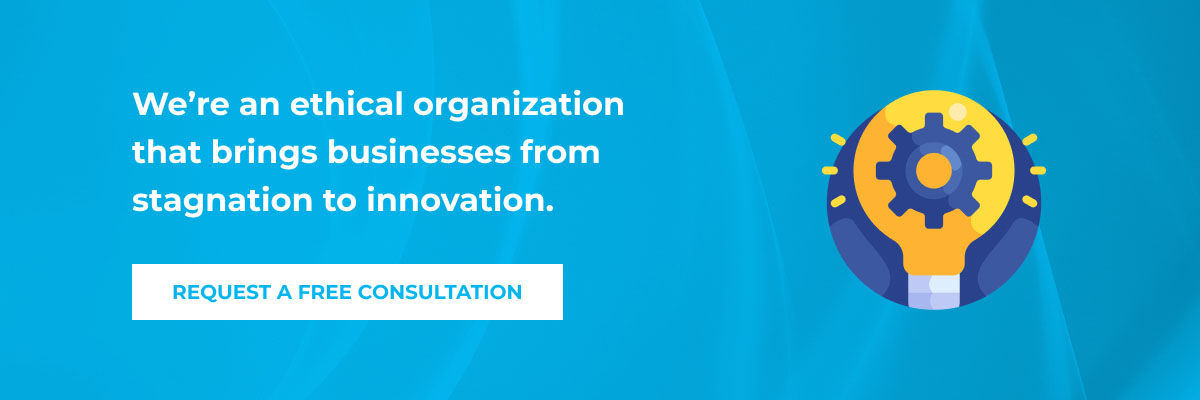
Even in the most organized of workplaces, people are still just people. Some will find it hard to get along with others. It’s not always about being a good fit for the company either.
Two employees might resonate with your corporate culture just fine, but they might have difficulties working together nonetheless. It might be because of their working styles, or communication frequency, or how they share information, etc.
However, with a good team leader at the helm, these issues can be surpassed. Above all, if you notice that 2 or more people are finding it hard to work together, reach out.
Be the mediator, the leader. You’re all in the same boat, and it’s important that staff remember that. The success of one is the success of all. Consequently, it’s important that everyone aligns under the same purpose.
1. Fractured Communication

Everyone’s saying it; no matter what you’re doing, you can’t do it right if you don’t communicate. It’s a universal truth that applies to interpersonal relationships overall. Communication acts as the pillar that holds everything else atop it.
You could have the objectively best professionals, IT infrastructure, management, planning, strategy, etc. If there’s no open communication to support them, everything falls apart.
What’s even more interesting is that you’ll be hard pressed to find anyone who doesn’t agree with this. So then, why is it that we must still emphasize communication as being an integral part of increased productivity? Well, because we’re not always willing to adhere to its principles.
Every little inefficiency now and then, every incomplete bit of information that’s shared around, they all snowball into something bigger eventually.
You should strive to have a clear procedure in place that governs how communication is conducted. For example, at Wesrom, all of our client communication passes through the customer success manager. It doesn’t matter if he doesn’t need to actively add his input.
We CC him at all times, because he has to stay in the loop for any future potential reference. It’s a method for circumventing potential collaboration problems in our organization. Part of our company culture.
And that’s the key to making sure that your communication strategy will be effective long-term. Truly sticking to it, even if right now it wouldn’t bring a great advantage.
Similarly, always keep an ear open for feedback. Oftentimes, frustrations develop because an employee is left feeling unheard or ignored. Unhappy staff are not going to perform too well.
2. No Goal Alignment

Information silos are the bane of cross-team collaboration. Essentially a silo is represented by a smaller or larger group of people that keep pieces of information to themselves. Oftentimes, this is not out of malicious intent. Team members simply don’t consider that it might be a bad idea.
At the same time, they’re also falling prey to missing out on other pieces of information. Because, well, the other departments are doing this themselves.
In fact, multiple silos can exist within the same department. Let’s take a digital marketing team as an example. Normally, it’d have at least a PPC specialist, an SEO specialist, a copywriter, and a content writer.
Now, assume they’re all working on the same project. Pretty straightforward so far. But, here’s the catch. Because of their different specialties, they are looking at the project from different angles. And so, they’re measuring success differently.
While this isn’t inherently wrong, it can lead to a very serious problem down the line. Misalignment to the overall project objectives, and the even grander company objectives.
Instead of looking at how to combine their efforts and bring more value as a whole, they’re trying to hit individual milestones. Client or corporate expectations are cast aside, as staff are seeking to fulfill what they see as KPIs.
Remember though that this is caused by a lack of clear vision. Not having the needed guiding hand or team-wide communication, each member becomes their own manager. In this example, they could be satisfied by just driving traffic to a website, even though sales aren’t increasing.
When confronted about this, it’s likely that negative emotions will form around the project. Because in the mind of each team member, the “goal” was achieved”.
Yet another crucial reason why you should switch to Atlassian collaboration software: goal unity.
3. Rigid Management

While teams should be encouraged to work together, there’s no “best” way to motivate a person to cooperate with others. Collaboration challenges can also happen with skilled, but highly independent colleagues. Or as they’re sometimes called, “lone wolves”.
This can be a tricky situation to maneuver around. Usually, a lone wolf will actively seek to do their job alone; uninterrupted, and without interference. And sometimes, that’s great! As long as your employee is really good at their job.
They’ll be able to deliver consistent results of high quality, without the need for a supervisor to keep a tab on them. In many ways, the lone wolf personality is who Jira was made for.
They can keep everyone informed of what they’re doing, without actually engaging with them directly. Still, as with most things, there’s a problem. Eventually, even fiercely independent staff will need to collaborate with their peers to achieve bigger objectives.
Perhaps they need to perform a project onboarding, or teach a few concepts, or simply because of high workloads, split tasks with others.
There aren’t any worse collaboration problems than when someone just doesn’t want to work with others; even when those other people would be good at their jobs too. It’s both a personal choice, and a professional choice, but highly loaded with emotion.
If the solution to this situation is just “that’s against company policy”, you won’t get far. That’s what we mean by rigid management.
If an employee is struggling to respect your collaboration SOPs (but otherwise performing well in their duties), you need a custom approach. You have to figure out what makes them tick, and focus your efforts around that.
For example, if a senior is concerned a junior will slow them down, offer them a mentorship role with temporary additional benefits.
4. Lack of Appreciation
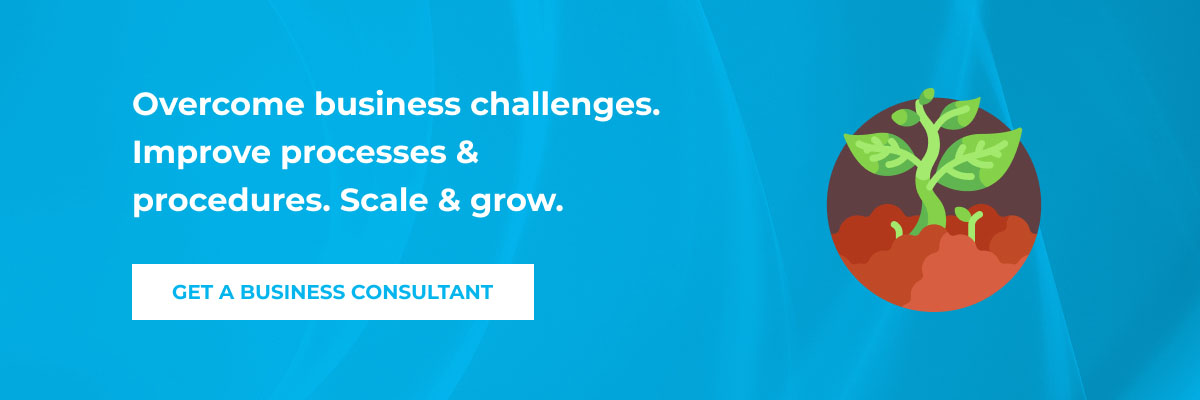
It’s become a common thing when recruiting to look for people that have a genuine passion for the role. And, it makes total sense. Of course you want someone that’s not just good at something, but also sincerely likes doing it.
After all, even the best paid job in the world will leave people unfulfilled personally if they don’t resonate with it. But then, when really good results come from that genuine passion, it oftens go unappreciated by senior staff. That can be highly demotivating to some employees.
It is very important for mid and top level management to actively show they’re grateful that people are putting in the work. During team and company meetings, make references to and praise the good work of productive staff. Pull them aside for a personal “thank you”.
Yes, it’s their job. Yes, they’re being paid for it. And yet, you’ll still encounter collaboration problems if you don’t give a pat on the back from time to time.
Consider this: if not all, at least most employees like to think that their company genuinely cares about them, right? Not just as a good resource, but as a person. Showing this verbal appreciation is a tiny effort, while still going a long way towards proving that yes, you do care.
Down the road, this could also create and reinforce a sense of pride in employees. They’ll want to do great work not just to keep their job, but because they’ll have positive thoughts about their job.
Of course, remember that extra remuneration is always the best way to reward initiative and results. If it’s financially viable, give proactive staff occasional bonuses.
Not always though (unless you can sustain it), because they’ll always expect it then. It would actually cause disappointment to see the bonuses stop.
5. Task Assignment

Just because multiple employees are hired on the same role, it doesn’t mean that they do their job identically. Moreover, if it’s a highly dynamic field, collaboration challenges can happen because the employee specifically doesn’t enjoy what they’re working on presently.
For example, say you have a copywriter that constantly delivers landing pages with a high conversion rate. But then, you assign them a new project and their efficiency seems to drop significantly. It’s the same thing right, so why is this happening?
Well, that’s the trick. It’s not the same thing. You can’t dig a hole in the ground with the same ease if the ground is frozen.
Perhaps you might’ve missed that the copywriter was doing very well when their clients were in the automobile industry. But now, with a pharmaceutical client, they’re struggling.
Ultimately, this might just be personal preference. The copywriting principles remain the same after all. Try to remember that at the end of the day, jobs are done by people. And people don’t have on/off switches.
If you dislike the pharmaceutical industry as a person, it’ll be tough to see them purely professionally as a client, and bring great results. So, if you can help it at all, let team members choose their projects and duties.
Or if it can’t be helped, especially with creative jobs, let staff choose when they want to do a task. A web designer could take 4 hours to finish a wireframe today, or 1 hour tomorrow. Simply because of a lack of inspiration.
Give your professionals some breathing space, some freedom, some trust. You’ll see that you’ll face fewer collaboration problems in the future.
6. Diminishing Trust in The Business
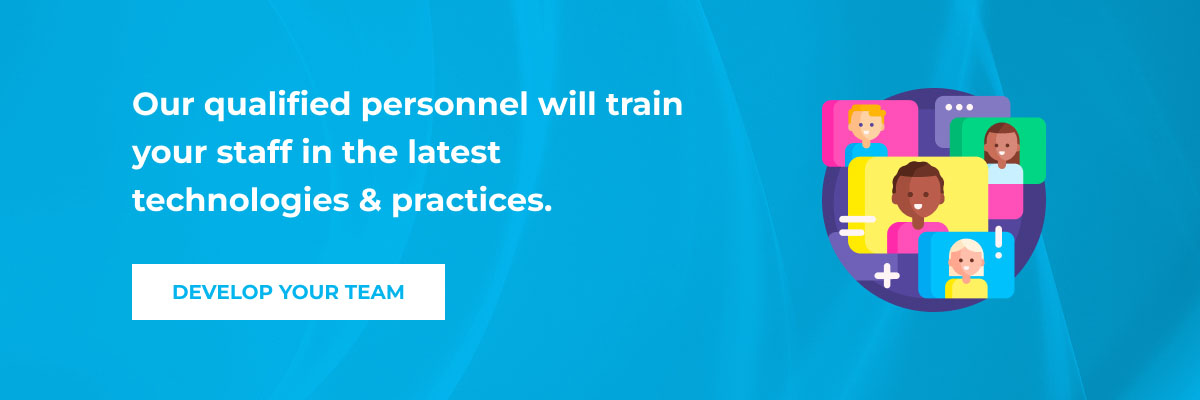
Collaboration challenges between management and operational staff are also likely to happen if employees are feeling let down by the business. While this can mean a lot of specific things in practice, the general concepts are often the same.
The most obvious one is a potential bankruptcy. When you draw the line, everyone’s out for their best interest. If there’s a real possibility that they’re going to be out of a job, people won’t be as determined to put in the effort; which is just going to accelerate the whole bankruptcy.
If your company is going under fast, be willing to communicate openly about the situation. Let your teams know why this is happening, the main factors, what measures you’re taking right now.
The more transparency you’re going to show about this, the better everything’s going to turn out. If you’ll use PR talk with your own staff, that’s when dangerous rumors and assumptions start forming. In a short while, willingness to collaborate and follow procedure will go out the window.
Of course, the situation might not be as dire. Maybe you’re facing loss of morale because employees are feeling mistreated.
For example, if your job offer promised a high-tech laptop after a probationary period, but you don’t deliver, of course that trust is lost. Much like with customers and clients, you only get 1 chance to make a great first impression. Employment is a two-way road.
Similarly, think of the little daily things that lead to collaboration problems:
- Feedback not being implemented.
- Decisions that are perceived to be sub-optimal.
- Misunderstandings between management and operational staff.
- Delayed or unfulfilled promises.
- Rare raises and/or bonuses.
- Unclear project goals.
- Chaotic client communication.
- Etc.
7. Diminishing Trust in Colleagues
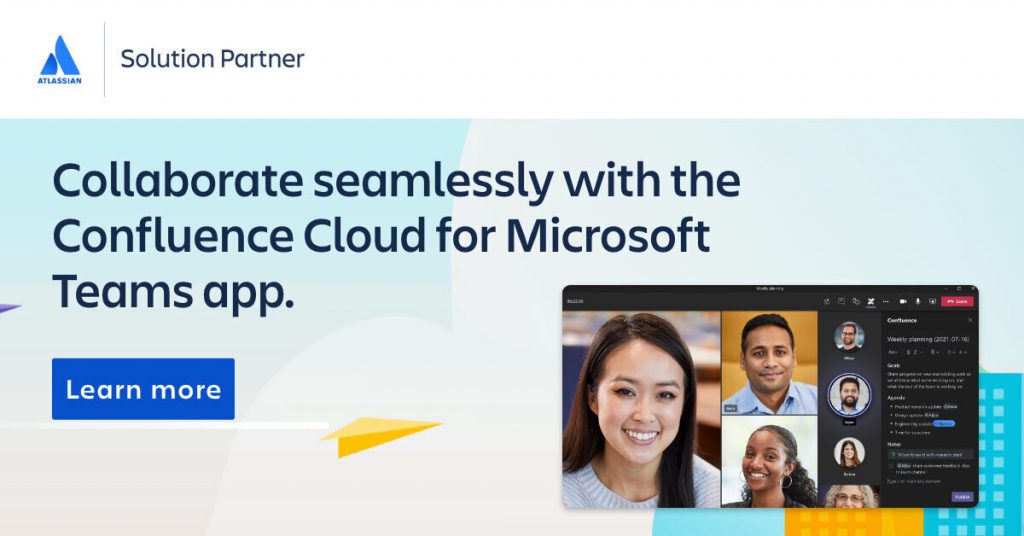
Alternatively (or to add on top), collaboration challenges can happen because colleagues do not trust each other. They perceive teamwork as a waste of time, meaningless meetings, dragging inefficient personnel with you along the road.
It is entirely meaningless for staff to trust leadership, if they don’t also trust the people with whom they’re working side by side. For example, suppose an SEO specialist gives a set of blog post writing instructions to a content writer.
However, because the content writer doesn’t consider the SEO specialist to be adept, they don’t respect them. As such, the keyword optimization of their article is subpar. They finish the blog post as they deem fit, publish it, and communicate the task is done.
As the months go by though, the article isn’t showing up on Google Search. Eventually, through research, the SEO specialist finds the cause. And now, not only was time wasted, but the SEO expert is also angry at the content writer for rejecting his/her expertise.
Even worse, diminishing trust is going to also reduce personal accountability and goal alignment. Staff will start blaming each other for departmental failings, instead of understanding that they all had a part to play.
It doesn’t even matter if trust isn’t established to begin with, or if it’s lost in time. Bottom line is, coworkers need synergy between them.
Managers should make it a priority to mediate any workplace disagreements and find the middle ground between opposing sides. What’s more, we recommend implementing Atlassian products in your business if you want to overcome collaboration challenges.
With tools such as Jira or Trello, coworkers have simple visual representations of what everyone’s working on. Because access to information and progress isn’t restricted, it’s easy to work together in a mutually beneficial way.
8. Too Many Initiatives

Yes, that’s right. There actually is such a thing as being too proactive. It’s wonderful if staff have ideas. It shows they’re passionate; that they want the project to succeed.
But, once a trajectory has been chosen, it needs to be respected. For example, if you’ve given a client an estimate of 40 hours for a software development task, staff must stick to it. If, along the way, they get better ideas, great! They can be shared with the client and discuss a paid approval.
However, if staff just start changing the course, coding new features, extending the timeline to 80 hours, that’s bad. It’s a break in project scope, internal communication, and client communication.
Eventually, they’ll be criticized by management for disrespecting deadlines; and for good reason!. But, the employee will perceive it as their effort not being appreciated, which is understandable.
You have to set expectations and priorities from the get-go. What’s in a project’s scope, and what’s to be considered additional work. After all of your bright minds come together, they have to agree that a single person will have the final say from that point onwards.
Sometimes, it does boil down to who’s in charge. Otherwise, you risk having “splinter groups” of employees who decide to follow their own methods. So, you get collaboration problems.
Of course, feedback should always be encouraged. Shutting down contribution attempts is a surefire way to kill involvement long-term. Just remind everyone that they shouldn’t act on an idea before it goes through the review & approval process.
9. Lack of Uniformity

Templates are liked for a reason. They standardize and streamline, assuring that even large groups of people are going to follow the same work processes. It’s not even a question of individuality; business is about efficiency and profit margins.
What works better, generally is better. On top of that, there’s also an argument to be made about readability. Of documents, sheets, presentations, etc.
Companies create SOPs about redacting materials so that even new organization members understand what they’re looking at. This can range from using only one font, to always having the same footer structure, to defining specific column names, sizes and uses for reports.
While it can be a bit annoying to learn at first, this templetazation does help avoid collaboration problems. If anyone’s structuring documents their own way, with font styles chosen by preference, there will be no sense of unity.
Work will be chaotic and random, rather than organized and understandable. When someone’s looking over a colleague’s work for the first time, they should immediately find the formatting familiar. This genuinely expedites resolutions.
Besides, if you’re a company that supports remote work, this is even more important. As multiple time zones are common in a team, you can’t have employees spending half of their effort on just understanding what’s in front of them.
Use templates. Staff won’t like it at first, especially if you’re just introducing the change, but give it time.
It is common for productivity to take a hit short-term when you’re modernizing processes. Long-term though, you’ll see substantial benefits.
10. Pessimism & Negativity

Some collaboration challenges are created artificially. In other words, they don’t actually exist. It is the wrong perception that things aren’t going “as they should be” that’s causing the issue.
From a social science perspective, it’s 5X likelier that a person will spread a negative thought than a positive one. Similarly, negative views catch on a lot quicker too. For example, if a coworker complains that task allocation is done wrong, the idea will catch on.
Other employees are going to start asking themselves if it really might be so. And when you’re trying to prove something to yourself, you latch onto any argument you can find.
This can range from popular beliefs (like “salaries are better elsewhere”), to specific thoughts about internal processes and procedures. Leaving such discussions run amok is pretty dangerous. They can drastically lower morale and create incorrect opinions.
Thankfully, you can counteract them ahead of time. For one thing, you should have a solid onboarding process. After new hires talk with HR, they should be given access to Confluence.
In Confluence, you can document literally everything that’s important to know about the company. How benefits are given, how you work, why you work that way, how clients are chosen, etc.
If you make an effort ahead of time to show your openness to communication and transparency, employees might go with concerns to admin themselves. Then, you can address specific negative thoughts directly (in a company meeting, for example).
It’s important that you’re in control of collaboration challenges, before they create a real tear between executives, management, and operational staff.
5 Ways to Solve Collaboration Problems

Just like there are a few common collaboration challenges, popular solutions can also be applied in multiple cases too. While you’ll probably have to tweak the exact implementation method, it’ll be simply once you understand the concepts.
1. Use Collaborative Software
The advancement of technology and automation has done wonders for the way modern workspaces order their communication. The easiest example you can think of is direct messaging and video calls.
Back in the day, Skype was at the forefront of helping organizations streamline internal and external interactions. Instead of waiting on email replies even for a 1-on-1 conversation, you could just message someone directly in real time. Or, start a video call and discuss it remotely.
Nowadays, many of us use software solutions like Slack or Microsoft Teams. And, for good reason! As far as messaging programs go, they’re 2 of the best. We advise you to pick them up too.
For example, besides direct messaging and conference calls, Slack also offers group chats, dedicated project channels, integrations with third party apps (such as Google Calendar), mobile app versions, the option to add external people to specific channels, etc.
This greatly helps in creating a fast-paced environment where information can flow freely and decisions can be made quickly. However, Slack or M. Teams aren’t enough by themselves.
Despite their great features, you still don’t have complete control over project communication. The SOP might say that you have to keep all relevant talk on project channels. Thing is, you can’t actively stop coworkers from DM-ing each other or creating group chats.
And just like that, others can miss out on important details. So, you should supplement communication platforms with issue tracking systems, project management software, ticketing & self-help portals, visual task allocation, etc.
If you want a one-stop-shop for all of those options, you just need to contact us for Atlassian solutions. As certified Atlassian partners, we’ll handle everything: acquisition, implementation, data migration.
2. Select Effective Leaders

A leader isn’t always someone with a long CV. Anyone that can motivate and coordinate people should be considered for a managerial role. There’s also the argument of finding who’s liked by their peers.
You could have a manager that creates effective strategies, but people don’t enjoy working under them. That’s enough reason for a lot of collaboration problems to steadily develop.
The truth of the matter is, team leaders must have attributes from both sides of the coin:
- Strategy AND social skills.
- Planning AND optimal task allocation.
- Apply procedure AND understand the importance of flexibility.
- Reward great results AND reprimand bad behaviors.
- Hold company standards AND understand personal cases.
A true leader isn’t just someone who understands how company policy should be applied. They need to have genuine care for their team. To know the strengths, weaknesses, and frustrations of those working under them.
That way, you can move away from combating collaboration problems, and onwards to preventing them. Of course, a big part of making sure that policies favor employees is designing them like that in the first place.
To that extent, you should look for executives who are willing to strategize based on feedback from the company’s teams. What’s good on paper is one thing, reality might be different.
Just as you can have disagreements between middle management and operational staff, so too can managers have their own collaboration challenges with directors. Ideally, you should look at the entire hierarchical chain; from topmost to the bottom.
3. Focus on Increasing Revenue

When planning the long-term growth of your business, you should keep one important thing in mind: look to make more money by increasing income, not cutting costs.
The latter is a surefire way to disappoint and alienate your staff. Cutting costs will bring immediate results if you’re in a pinch, but the side effects will start to do real damage in a few months.
Instead, ask for advice and input. Trust your executives, your managers, your specialists. If an investment opportunity is suggested, actively put time aside to look into it. Otherwise, why did you even hire other professionals to begin with?
Raising revenue by either getting more deals or maximizing outputs will benefit everyone. As a business owner, you get the chance to scale your company. That injection of cash will also translate to employees via better benefits, work gear, or industry-specific tools.
What’s more, higher profits will also allow steady and sustainable salary raises. If staff see concrete proof that you’re making the company a better place to work at, of course they’ll be more willing to put in the effort.
This includes sticking to procedure, following project roadmaps, respecting deadlines, etc.
4. Break Down The Big Picture

It’s pretty rare for big collaboration challenges to be caused by only a handful of things. Sure, perhaps there are just a few major factors, but they can come into play day after day in different ways.
In order to assure a healthy relationship between employees, you should make it a priority to address issues openly ASAP. The first step is awareness. If you don’t know that there’s a problem, you can’t fix it either.
For example, you could send out employee satisfaction surveys every 3 months. Or, you could implement an internal problem reporting platform, with an option for anonymity. This would be an important step, as some staff members will never feel 100% safe to voice concerns otherwise.
Even if you prove that your corporate culture doesn’t punish honesty and critical feedback, there’s a deeply rooted belief that whistleblowing is dangerous.
Once you pinpoint a collaboration problem (miscommunications, misalignments, etc), start examining how it might be branching towards its sources. You should be on the lookout for factors such as:
- People that are likely causing the situation.
- Other factors causing the situation (work habits, SOPs, negativity, low morale, etc).
- Apparent fear in voicing opinions and feedback.
- Oppressive behavior towards staff with out-of-the-box initiatives.
- Lack of communication between coworkers assigned on the same project.
- Etc.
All big pictures are made out of a lot of small pictures. Give each tiny picture its needed “treatment”, and the overall collaboration problem will go away.
5. Involve Teams in Problem-Solving
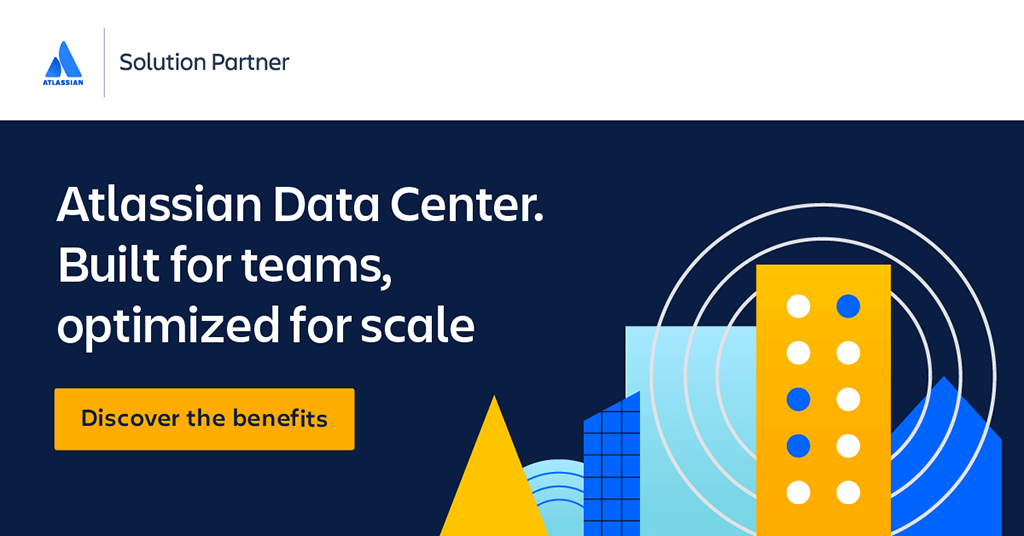
Once you know for sure that your organization has collaboration problems, you should be open to working together with your staff to address them. It is way harder to fix an issue on which you only have a bird’s eye view. Your affected employees should know exactly what’s happening.
So, ask for feedback and suggestions. This will show both that you want the situation resolved, and that you value the inputs of your staff. What’s more, as an indirect positive effect, you’re going to generate some extra engagement from their part.
That’s very helpful in forming a stronger feeling of team cohesion and “belonging”. If you successfully turn the situation around, then your employees have played a direct role in it.
It can do wonders for morale and self-confidence, plus it lowers the chances of future collaboration challenges. After all, it is unlikely to have a hard team working together with people with whom you’ve already solved a tough problem.
One way to start the process is establishing clear goals for everyone involved. This is going to set expectations at a macro level, so that coworkers understand what they’ll receive from each other.
On top of that, you’ll also get everyone focused on specific tasks, which clears up any confusion or miscommunication. Work will actually progress, as team members stop just waiting around for one another.
Ultimately, they’ll start seeing the many benefits of a professional collaboration strategy that’s based on effective, step-by-step workflows.
Move Your Company Past Collaboration Problems

At Wesrom, we’re proud to be considered trusted Atlassian partners. If you choose to work with us, we’ll help you implement a whole suite of software tools that will streamline collaboration.
Further, all of them also have amazing automation features that remove tedious, repetitive tasks. For example, Jira auto-sends email notifications to all colleagues working on the same task when there’s a progress update.
The email includes a link to the card, where all details are readily available.
And that’s just one example. Depending on your company needs, you should look at adopting Bitbucket, Opsgenie, Trello, Confluence, etc. Just get in touch with us, and let’s talk about what we can do for your business.
Oh, by the way; did we mention you’ll also get a special discount for any Atlassian product just by working with us? Well, you do! And we’ll handle the implementation, data migration, and staff training too.
In case you’re also in the market for some actionable business advice, let us know. Our consulting team has extensive experience and proven results in digital product strategies, business development, digital transformation, executive coaching, change management, etc.